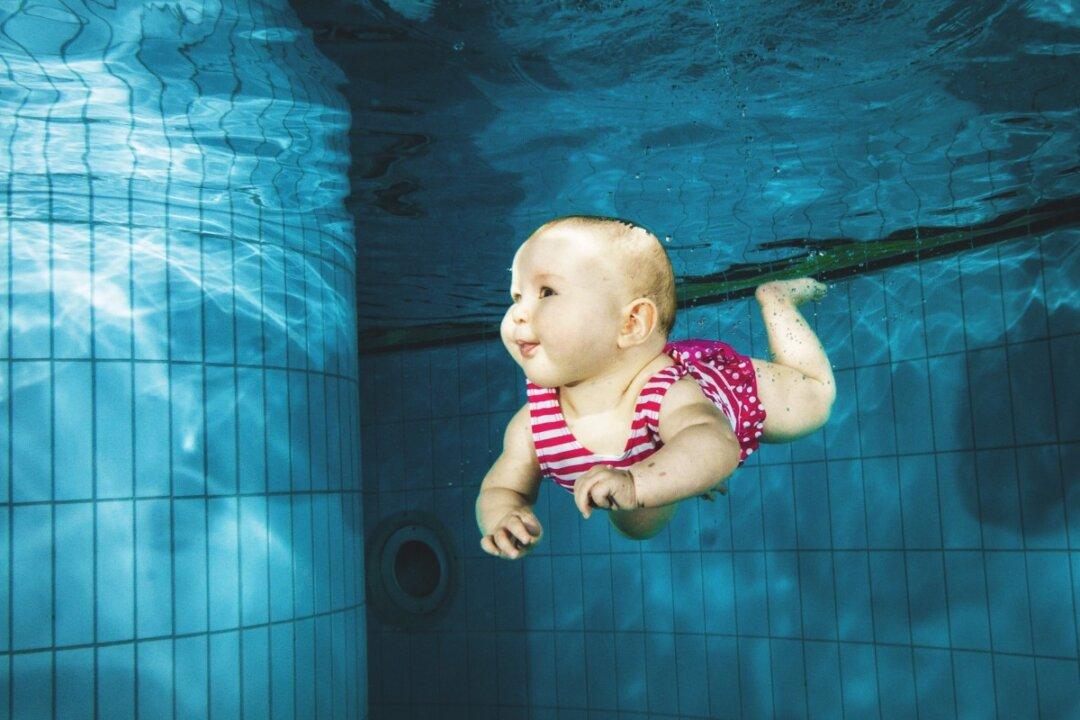Adults are being reminded of the best ways to make swimming activities safe for kids, in light of statistics showing that most young children who drown in pools were last seen in the house less than five minutes before the drowning occurred.
There is no substitute for your undivided attention, according to Jennifer Rubin, Safe Kids Greater Sacramento Coalition coordinator and injury prevention specialist at the University of California Davis Health.





